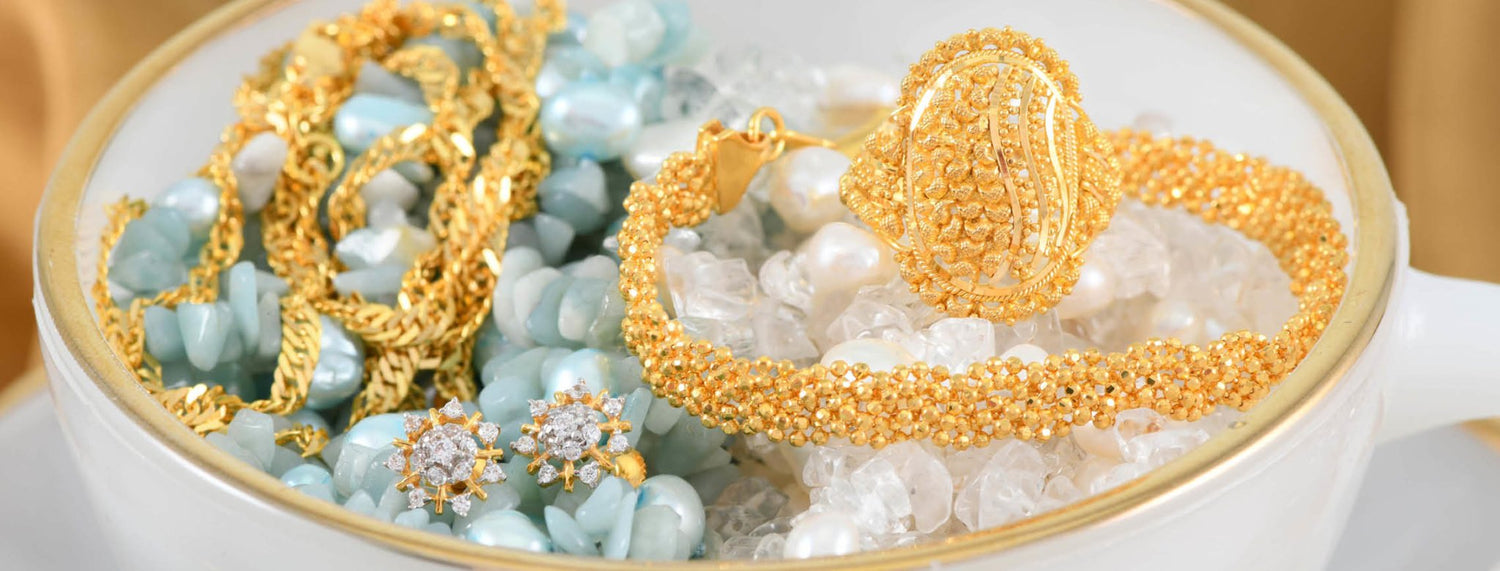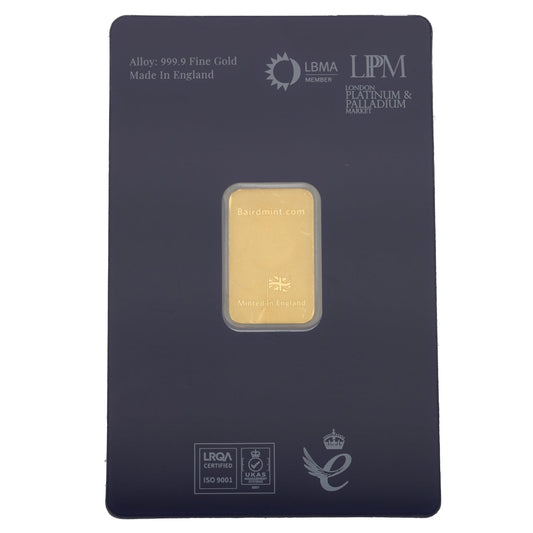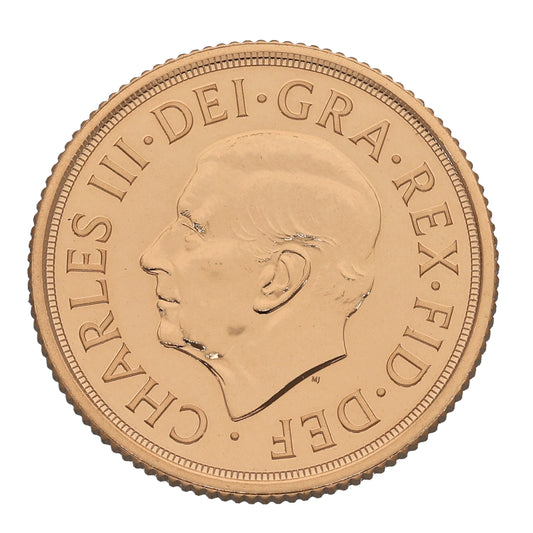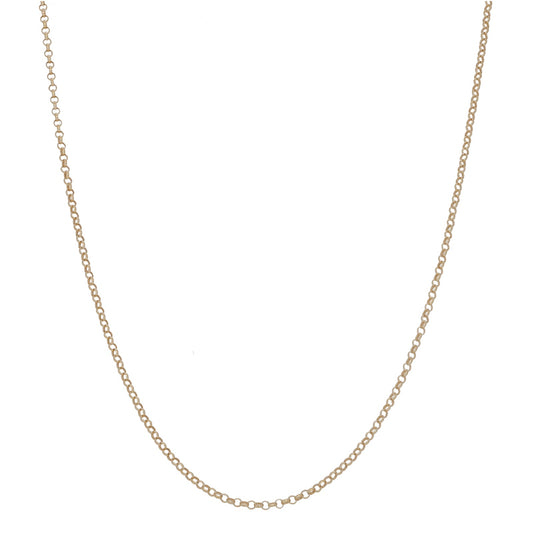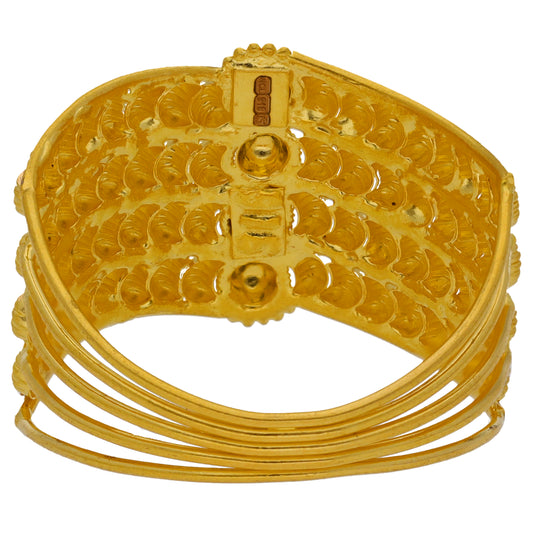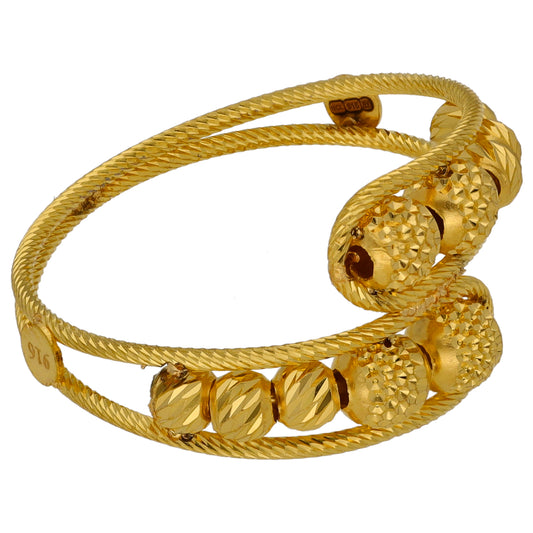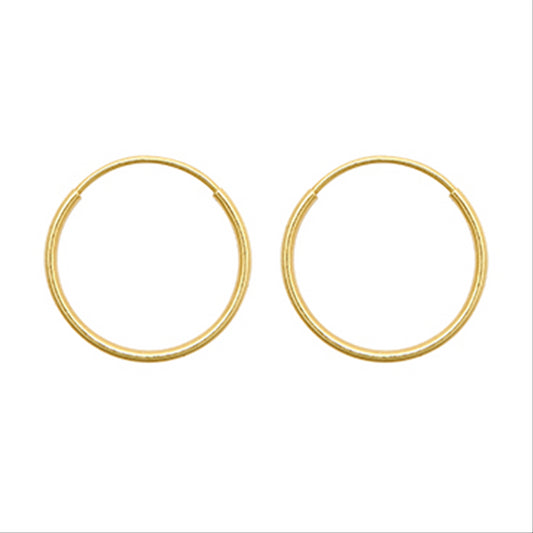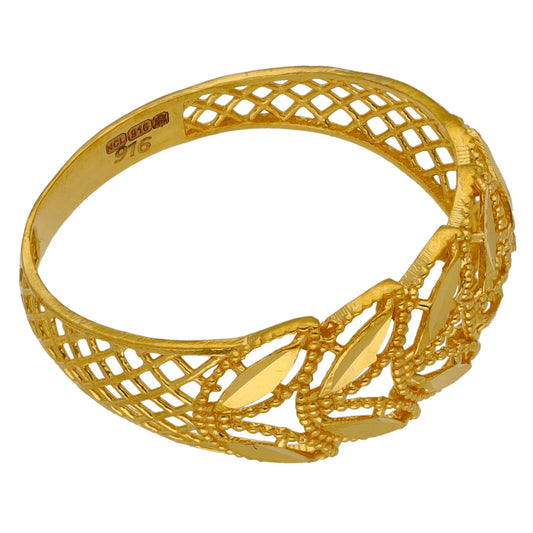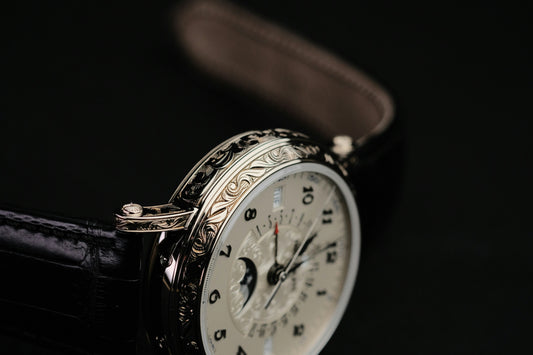What is Diwali and how is it celebrated?

Diwali is fast approaching and families across the world are preparing for one of the biggest religious celebrations in the Hindu calendar. But what exactly is Diwali and how is it celebrated? In this blog post, we'll look at its history and traditions, so you can learn more about the magnificent festival of lights.
What is Diwali?
Diwali is a religious festival originating in India and, although it's often thought to be a Hindu festival, it's also celebrated by Sikhs, Jains, and some Buddhists.
The annual festival occurs over five days.
The day of Diwali is celebrated on the third day of the festival on the night of the new moon, called Amavasy, which is thought to be the darkest night of the year. This usually falls sometime between October and November (Ashvina and Karttika in the lunisolar Hindu calendar). Some families celebrate for the whole five days, while others only celebrate the main third day of Diwali.
This year, Diwali will be celebrated on the 4th of November, with the first day of the five-day festival beginning on the 2nd.
What is the history of Diwali?
There are several stories behind Diwali, all with one common theme: the triumph of good over evil.
The most well-known Diwali story is that of Prince Rama (a reincarnation of the god Vishnu) and Princess Sita (a reincarnation of the goddess Lakshmi). As the story goes, Princess Sita, was kidnapped by an evil king called Ravana. Rama defeated Ravana with a golden arrow and the Prince and Princess were reunited. To help them return home, the villagers lit rows of clay lamps to guide their path.
In Southern India, Diwali celebrates the triumph of Lord Krishna (a reincarnation of Vishnu) and his wife Satyabhama over the demon king Narakasura, who had imprisoned 16,000 women.
Diwali may also commemorate the story of King Bali who was sent to the netherworld by Lord Vishnu. Bali was a generous and well-loved king who was also powerful and ambitious. To punish him for his ambition, Lord Vishnu sent him to the netherworld, but promised that he could return once a year. The day of his return is now celebrated as Diwali.
In another story, the village of Gokula prayed to Lord Indra for rain to help their crops. Lord Krishna told the villagers that they should focus on farming rather than praying, which angered Lord Indra, who sent thunder and floods to the village. To protect the people, Krishna lifted the Govardhan Hill and held it over the village for seven days until the rain stopped and Indra was defeated.
How do people celebrate Diwali?

Diwali is a time for families to come together and enjoy five days of celebrations. Each day of the festival has its own significance and traditions. As the festival is celebrated all across the world, these traditions can vary, but many of the main traditions are practised worldwide.
Day one — DhanterasThe first day of the festival is dedicated to cleaning and decorating homes in preparation of the events to come. This day is a celebration of Lakshmi, the goddess of wealth, so people may purchase something precious, such as jewellery made from silver or 22ct gold.
On this day, families will also decorate the floor at the entrance to their homes with bright, artistic designs made from coloured sand, rice powder, crushed limestone, or flower petals. These are called rangoli and are made to welcome the goddess Lakshimi into the home.
Day two — Naraka Chaturdashi or Choti DiwaliThe second day of Diwali is a celebration of Krishna's destruction of Narakasura. On this day, people will wake up early, perform prayers, and take a holy bath with aromatic oils. Prayers may also be offered for the spirits of ancestors. The second day is also reserved for preparing food and sweets ready for the main event; Lakshmi Puja.
Day three — Lakshmi PujaThe third day of Diwali is the main day of the festival, and many of the celebrations on this day symbolise the triumph of dark over light, just like each Diwali story. On the evening of Diwali, huge fireworks line the night sky. Small brass or clay oil lamps, called diyas, are also lit and placed in rows at the entrance to homes and temples or are floated along rivers. In fact, the name Diwali comes from the Sanskrit term "dipavali" which means "row of lights". These lanterns are an important part of the festival, and signify goodness, purity, and luck, as well as the absence of darkness and evil.
Families will seek blessings from Lakshmi and honour her with a ritual called Lakshmi Puja. During the puja, people will offer various flowers and fruits to the goddess and open their windows to allow Lakshmi to enter their homes and bless them with good fortune.
The third day of Diwali is also a day for gifting. Traditional Diwali presents include sweets, dried fruits, idols, and Lakshmi Ganesh coins. People may also choose to give more extravagant presents, with watches and jewellery items, such as bracelets, necklaces, and rings, being popular options.
Day four — Govardhan Puja or PadvaThe fourth day of Diwali commemorates the first day of the new Hindu year and traditions can vary across the world. Most families will celebrate by wearing new clothes and jewellery and sharing gifts among friends and neighbours. Some people may also create small mounds (usually made from cow dung) to symbolise the story of Lord Krishna and the Govardhan Hill.
In some areas, Padva symbolises the love in a marriage, with one partner applying a tilak to their partner’s forehead and praying for their good fortune. It will usually involve a shower of presents in return for all the love and care.
Day five — Bhai DoojThe fifth and final day of Diwali is a day to celebrate the strong bond of siblinghood and the love between brother and sister. The day is associated with the tale of Lord Yama who, after decades of separation, visited his sister Yami. She welcomed him with open arms and marked his forehead with a tilak to honour the event. Yama was touched by his sister's hospitality and warmth and declared that any brother who visited his sister on this day will live a long and healthy life.
For this reason, it's customary for brothers to spend the fifth day of Diwali visiting his sister. The sister will signify the bond between them by placing a tilak to her brother's forehead and praying for his wellbeing, while the brother will shower his sister with gifts as a symbol of his love and protection.
As Diwali approaches, families across the world will be preparing for five days of fun and celebrations. If you’re celebrating Diwali, may its beauty and festivity fill your home with happiness and joy
If you're on the hunt for the perfect Diwali gift, you can browse our 22ct Diwali collection or visit our blog for advice.
